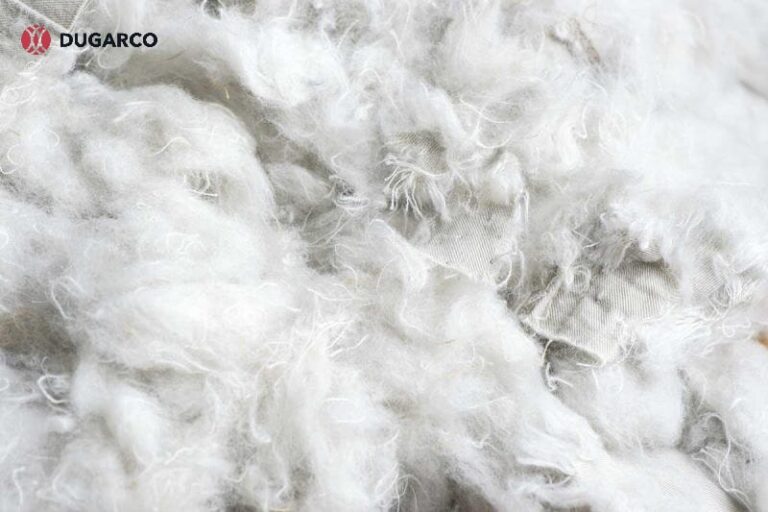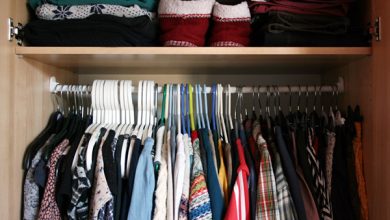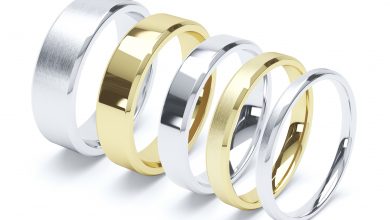Eco friendly clothing materials are no longer foreign to individuals in general, let alone the fashion business. This is a good indicator that society is taking more responsibility for its actions toward nature. Every beneficial change in all aspects of life will aid in the reduction of pollution. Are you ready to use sustainable supplies in your designs? If you are still unsure or lack sufficient knowledge to make a decision, read this article right now!
1. What are the environmental effects of present fabrics?
Fashion has a relatively high degree of pollution, which has a direct impact on the environment and human health. Textiles are responsible for 7.7% of current carbon dioxide emissions, which is a concerning figure. Fast fashion is always evolving to satisfy the needs of its customers. However, it takes decades for these low-cost materials to biodegrade. It’s time for producers and consumers to take another look at eco friendly clothing materials. This not only helps to reduce waste caused by quick fashion, but it also recognizes your worth.
Environmentally friendly fashion is popular and has a good impact on the environment. Choose recycled or plant-based synthetic textiles if you don’t want to wear animal-based clothing. The eco-friendly living community also prefers recyclable materials. Another consideration is that sustainable fashion fabrics outlast other fabrics.
2. Organic clothing materials
Natural fabric is a well-known environmentally friendly clothing material oem clothing manufacturer utilize. The close origin of this fabric is the primary reason for its familiarity. Here are some of the top designers chosen by the sustainable fashion world. Continue reading to learn about the qualities of each substance!
2.1. Organic hemp
Hemp, one of the world’s oldest fibers, keeps you warm in the winter and cool in the summer, and it gets softer the more you wash it. Hemp produces a long-lasting material that is non-irritating to the skin and has numerous applications, hence it is frequently used in cotton-producing areas. For many of these reasons, we also include hemp, one of the most sustainable textiles available. This kind of product is frequently overpriced, making it less accessible to everybody.
2.2. Cotton recycled
Cotton is a versatile fabric that is widely utilized in the fashion industry. This organic material is lightweight and breathable, making it an essential addition to any home’s apparel selection. Organic cotton was chosen as a sustainable alternative that reduces the environmental impact of fashion garments by attempting to remove toxic elements from the process of production.
If you want the most durable cotton, choose recycled cotton. Cotton waste from commercial and personal operations is utilized to make cotton that is recycled. Recycled cotton outperforms regular and organic cotton in terms of durability. This renewable resource has the ability to minimize water and energy usage, as well as significant amounts of cotton waste generated by the fashion sector.
2.3. Organic linen fabric
Linen is a centuries-old eco friendly clothing materials from the flax plant. This plant requires few chemicals and water and may grow in poor soil where other kinds cannot. This natural fabric is extremely long-lasting.
In addition to helping preserve the environment, it is portable and can tolerate extreme temperatures while absorbing moisture but not bacteria. However, this material has several drawbacks, such as using a lot of water, wrinkles quickly, and may require hand washing. Furthermore, organic linen is a costly fabric because it is frequently made elsewhere.
2.4. Bamboo fabric
Bamboo is no longer a foreign material in everyday use, but numerous individuals are unfamiliar with bamboo in design. Bamboo is a fast-growing, regenerating crop that does not require fertilizer and is usually marketed as an environmentally friendly fabric when processed (also known as bamboo linen or bast fiber). Bamboo is extremely absorbent, soft, and wicks away moisture when well-constructed, making it a choice among sustainable businesses.
3. Biodegradable recycled synthetic clothing Materials
3.1. Deadstock fabrics
Deadstock material is made from textiles that were “leftover fabric”, “leftover fabric”, and “out stock” during production. Deadstock essentially aids in the reduction of excess fashion scraps in production in order to generate distinctive and eco-friendly fashion items. Non-race fashion companies and recycled clothes manufacturers frequently employ this type of fabric.
3.2. ECONYL®
ECONYL is a reused nylon fabric for clothing that is environmentally beneficial. ECONYL goods are made from artificial waste from ocean trash, dropped nets for fishing, and waste textiles and are re-constructed into reused nylon fabric utilizing a closed-loop technique. However, the substance still emits microplastics, which customers can lessen by washing these goods in a Guppyfriend wash bag on a regular basis.
This post has provided you with additional explanations why you should use eco friendly clothing materials to make or utilize in your daily life. In addition, you will receive the top fabric recommendations for the sustainable fashion sector. Hopefully, the recent information will assist you in making wise choices in our quest to safeguard the natural world.





